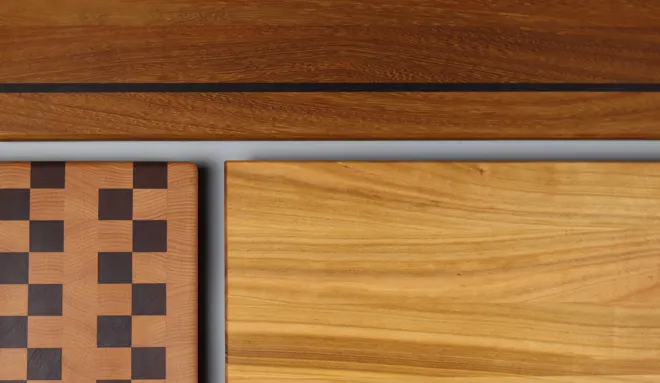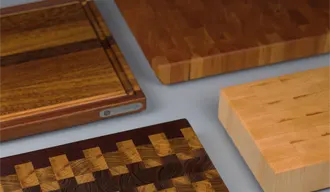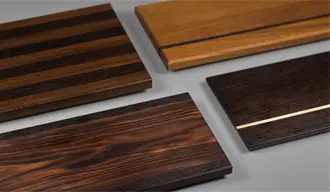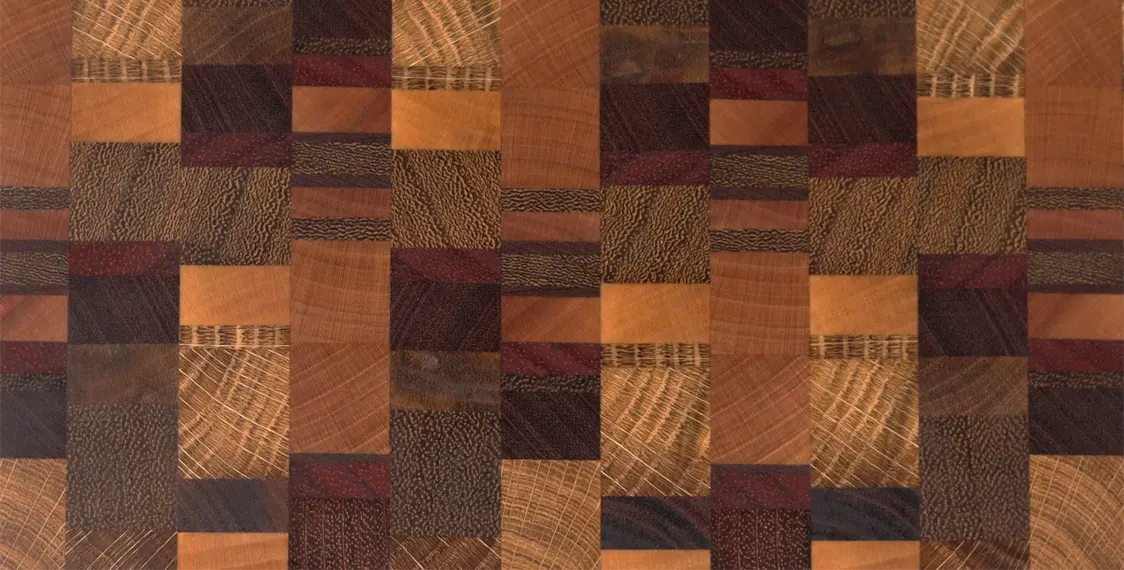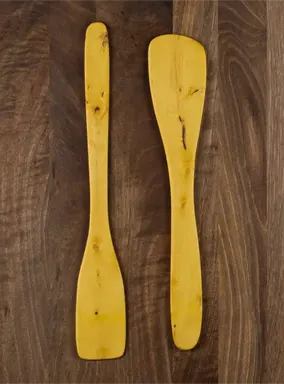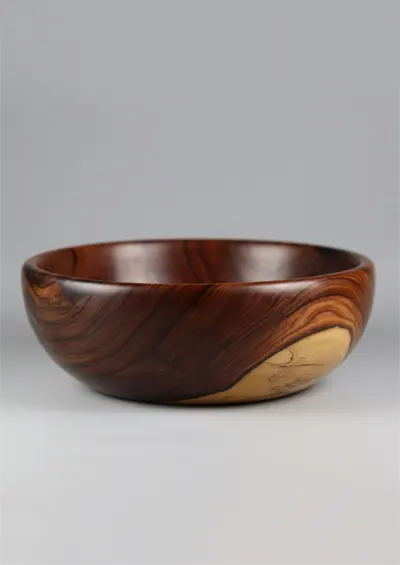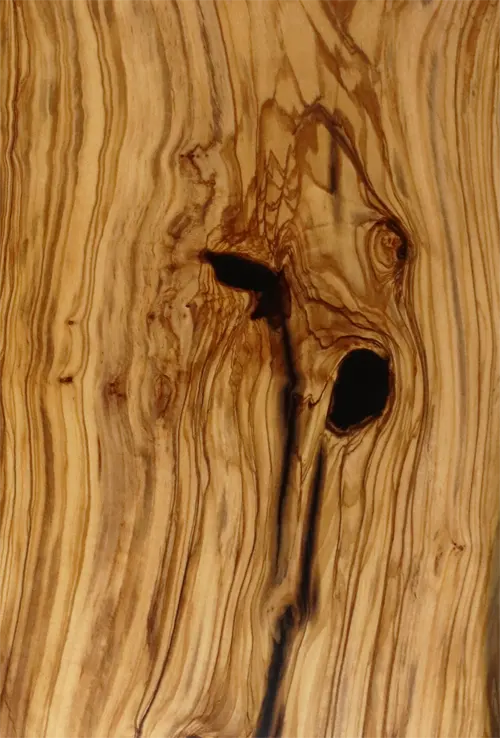The 10 hardest woods in the world
The hardness of a wood is a crucial factor when selecting materials for projects that require high strength and durability. The Janka hardness scale measures a wood’s resistance to penetration, indicating how much force it takes to embed a steel ball into the wood. Below, we explore the 10 hardest woods in the world according to this scale, detailing their characteristics and colors.
1. Australian Buloke(Allocasuarina luehmannii)
With a Janka hardness of 5,060 lbf, Australian Buloke tops the list. This wood is extremely dense and tough.
- Color: Shades varying from reddish brown to dark brown.
- Characteristics: High resistance to wear and insects, but difficult to work due to its density.
2. Quebracho (Schinopsis spp.)
With a Janka hardness of 4,570 lbf, Quebracho is known for its exceptional toughness. Its name comes from “axe-breaker”, reflecting its toughness.
- Color: Intense reddish brown.
- Characteristics: Highly resistant to moisture and insect attack, ideal for outdoor applications.
3. Lignum Vitae (Guaiacum spp.)
With a Janka hardness of 4,500 lbf, this wood, one of the hardest woods in the world, is known for its density and self-lubricating properties.
- Color: Dark olive green to blackish brown.
- Characteristics: Used in industrial applications such as bearings and pulleys due to its high density and wear resistance.
4. Snakewood(Brosimum guianense)
With a Janka hardness of 3,800 lbf, this wood is prized for its unique appearance.
- Color: Reddish brown with dark spots reminiscent of snake skin.
- Characteristics: Very dense and difficult to work, used in the manufacture of violin bows and decorative objects.
5. Desert Ironwood(Olneya tesota)
With a Janka hardness of 3,260 lbf, also known as Desert Ironwood.
- Color: Dark brown with purple and black veins.
- Characteristics: Extremely dense and resistant to decomposition, used in carvings and tools.
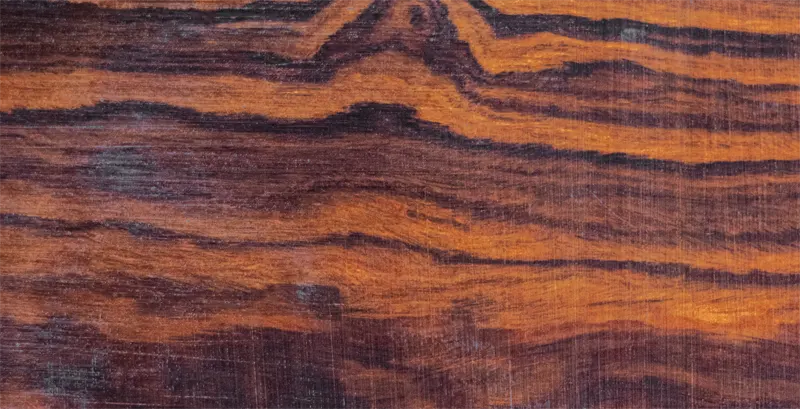
6. Ipe (Handroanthus spp.)
With a Janka hardness of 3,680 lbf, also known as Lapacho or Pau Lope.
- Color: Greenish brown to dark brown.
- Characteristics: High resistance to weather and insects, commonly used in terraces and exterior constructions.
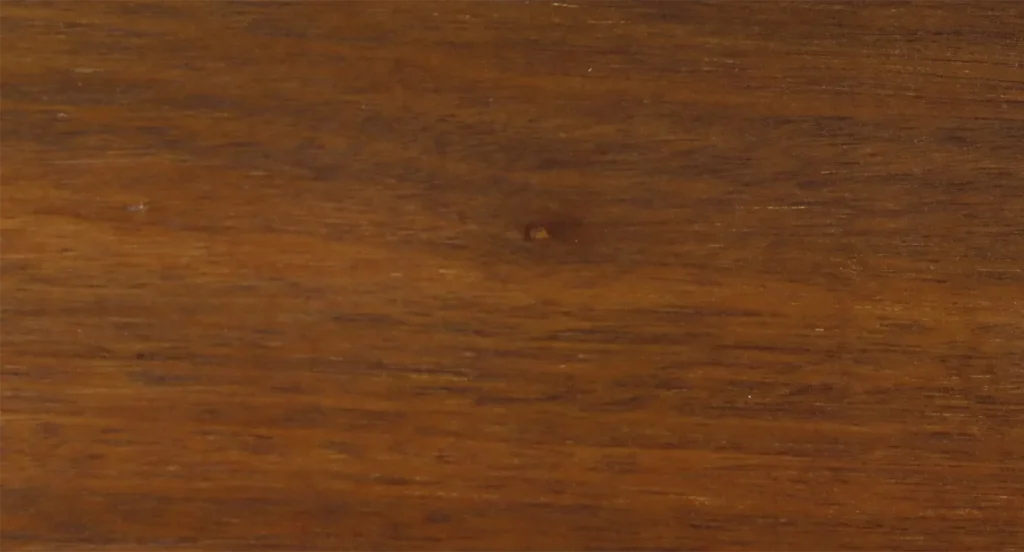
7. Cocobolo(Dalbergia retusa)
With a Janka hardness of 3,680 lbf, this wood is valued for its beauty and durability.
- Color: Orange to reddish brown with black or purple streaks.
- Characteristics: Used in the manufacture of musical instruments and luxury items.
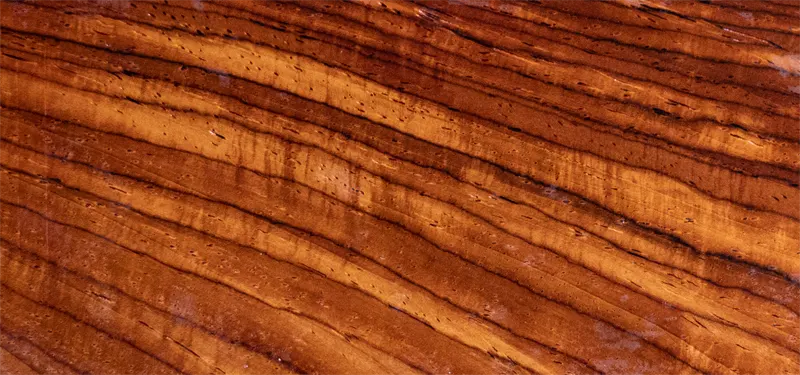
8. African Ebony(Diospyros crassiflora)
With a Janka hardness of 3,220 lbf, it is one of the densest and darkest woods.
- Color: Deep black with possible brown streaks.
- Characteristics: Very heavy and dense, used in musical instruments and fine carvings.

Learn more about ebony in our post Ebony Wood: Complete Guide
9. Blue Guaiacum(Guaiacum sanctum)
With a Janka hardness of 3,660 lbf, this wood is known for its density and strength.
- Color: Olive green to dark brown.
- Characteristics: Used in marine applications and tools due to its water resistance and durability.
10. Bocote (Cordia spp.)
With a Janka hardness of 2,500-3,000 lbf, depending on the specific species, Bocote is among the hardest woods, but is also prized for its distinctive aesthetics.
- Color: Brown tones with black streaks that often create striking patterns, similar to swirls or wavy lines.
- Characteristics: Very durable and resistant to deformation. Mainly used in fine cabinetmaking, musical instruments and luxury items.
Conclusion
The world’s hardest woods, classified according to the Janka hardness scale, stand out for their unique strength and beauty. These woods are ideal for demanding applications, such as luxury furniture, tools and decorative work. However, their hardness can also make them difficult to work, requiring specialized tools and expert hands.
Remember that the world’s hardest woods are valuable natural resources. Be sure to purchase them from sustainable and certified sources.
Visit our wood species section where we show the woods we work with.
FAQ: Frequently Asked Questions About the World’s Hardest Woods
What is the hardest wood in the world?
The hardest wood in the world is the Australian Buloke (Allocasuarina luehmannii), with a Janka hardness of approximately 5,060 lbf, making it the hardest wood in the world.
What is Quebracho and why is it so hard?
Quebracho (Schinopsis spp.) is a South American wood with a Janka hardness of 4,570–4,800 lbf, its name literally means “axe breaker” due to its extreme resistance.
Where does Lignum Vitae fall on the hardness scale?
Lignum Vitae (Guaiacum spp.) is the hardest commercial wood after Buloke and Quebracho, with a Janka hardness of about 4,500 lbf.
What wood has a grain as peculiar as its hardness?
Snakewood (Brosimum guianense) combines great hardness (~3,800 lbf) with striking grain reminiscent of snakeskin, making it highly prized in luxury crafts.
What is Desert Ironwood and what is it used for?
Desert Ironwood (Olneya tesota) has a hardness of over 3,260 lbf and is used in small works and sculptures due to its extreme density.
What properties does Ipe wood have?
Ipe (Handroanthus spp.), at about 3,510–3,680 lbf, is very hard, rot and pest resistant, and frequently used for outdoor decking.
Is Iroko durable in comparison?
Iroko (Milicia excelsa) is not one of the hardest, but it is still strong (density ~650kg/m³), stable and durable, commonly used in furniture and outdoor areas.
What other dense wood is among the hardest?
Cocobolo (Dalbergia retusa), with a Janka similar to Ipe (~3,680 lbf), is used in instruments and decorative objects for its beauty and density.
Why is wenge known among hardwoods?
Wenge (Millettia laurentii) is extremely dense (865–910 kg/m³), harder than oak, and notable for its dark colour, although it is difficult to work.
How is wood hardness measured and why is it important?
Hardness is measured using the Janka scale, which indicates the force required to drive a steel ball into the wood. It’s useful for selecting wood based on its use: very hard wood can be cost-effective but difficult to machine.
Otras entradas del blog
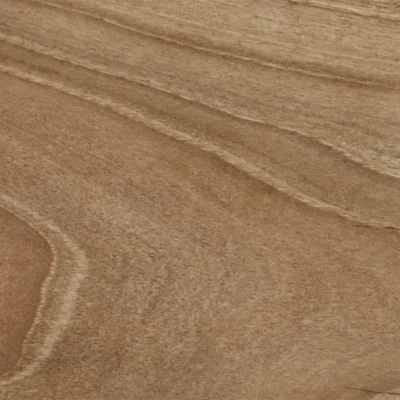
Solid Wood: Complete Guide

How many species of wood are there in the world?
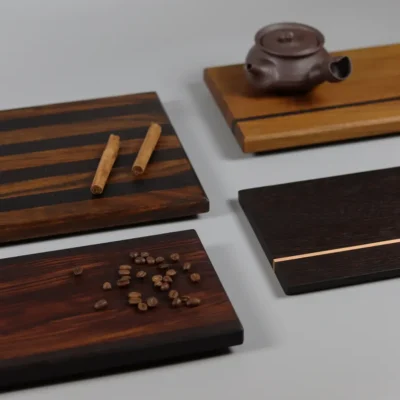
Restaurant serving boards: a complete guide
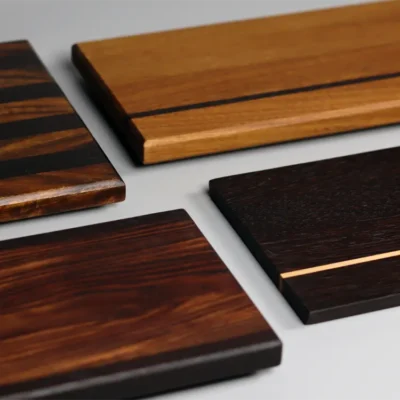
What is the best wood for cookware?
Nuestras tablas de cortar:
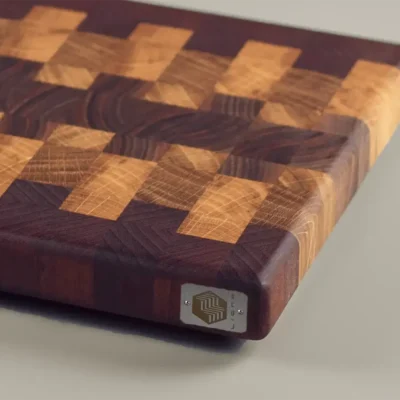
Calida
end grain cutting board
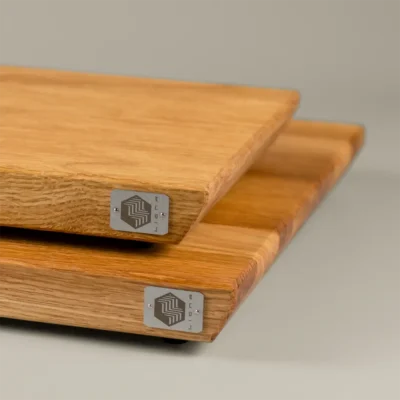
Linea
Oak oak cutting board
Linea
Oakoak cutting board
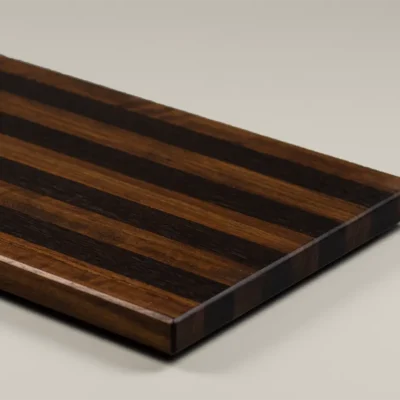
UMBRA
serving board
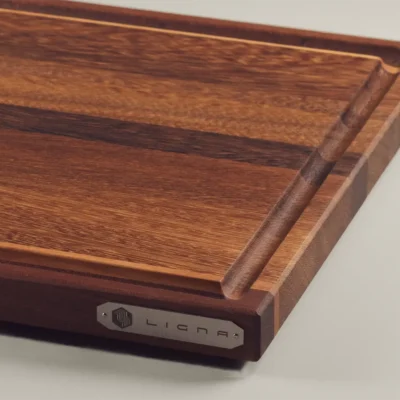
Chroma
large carving board
